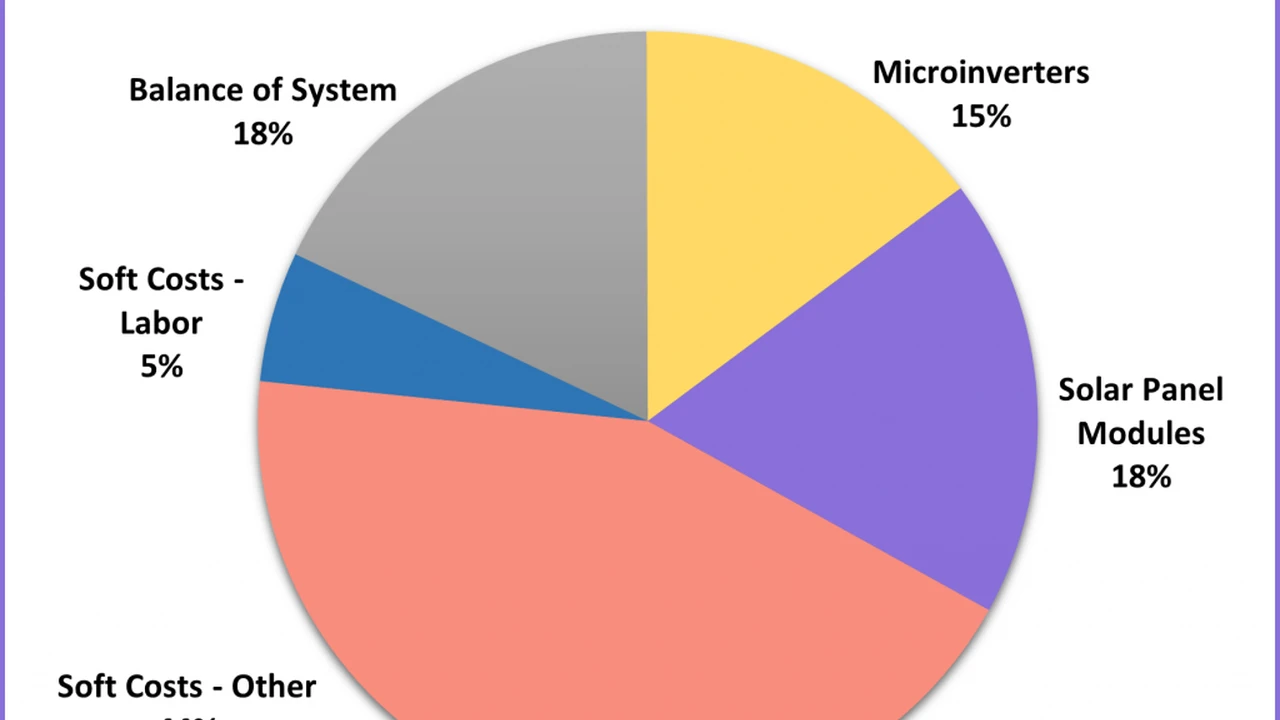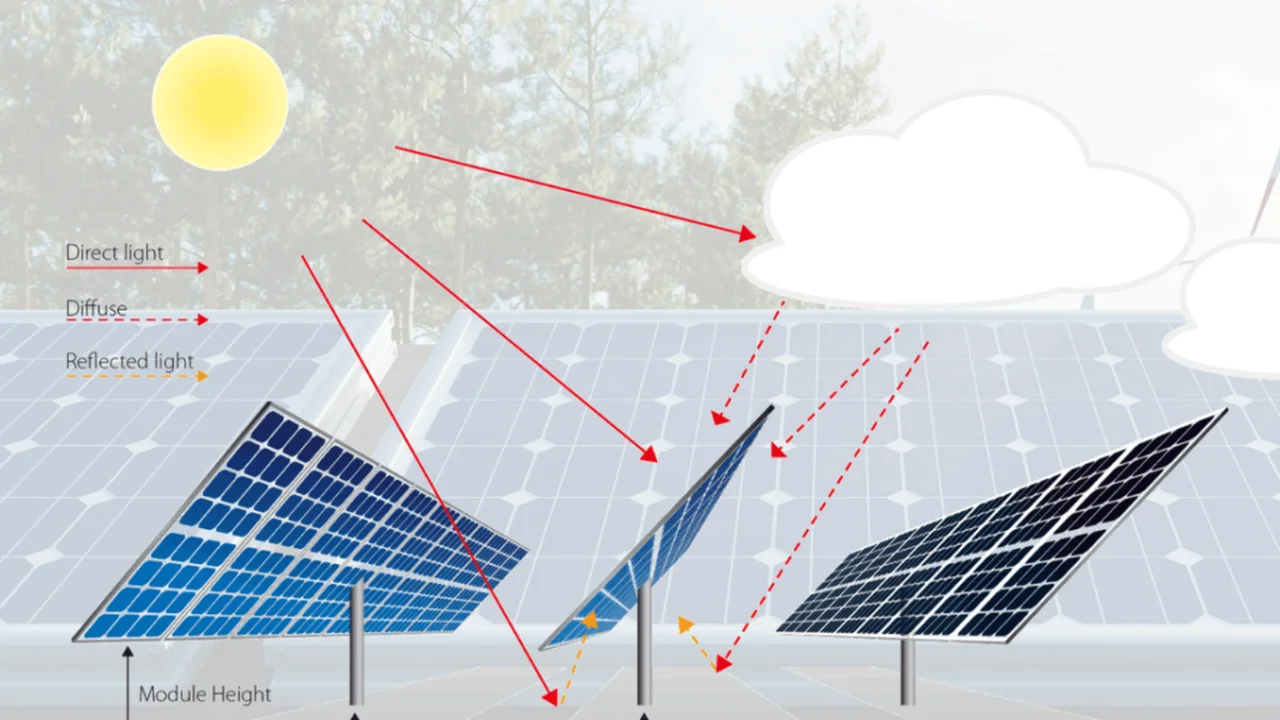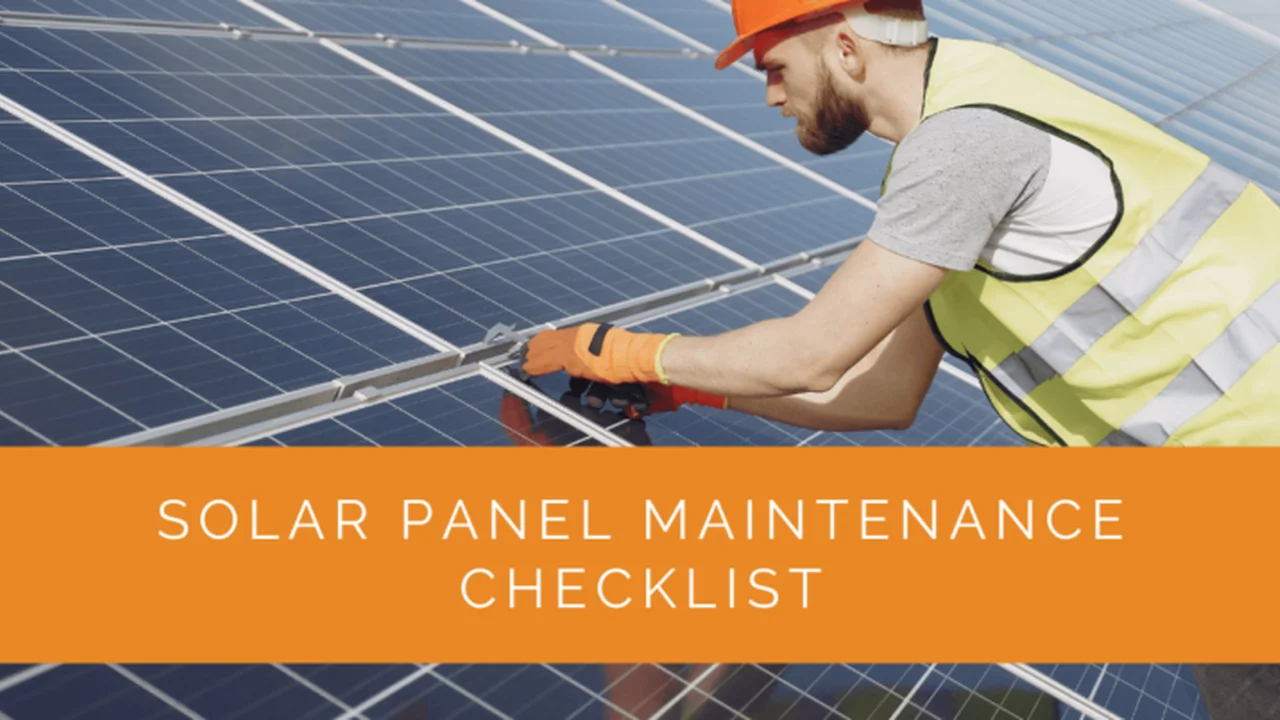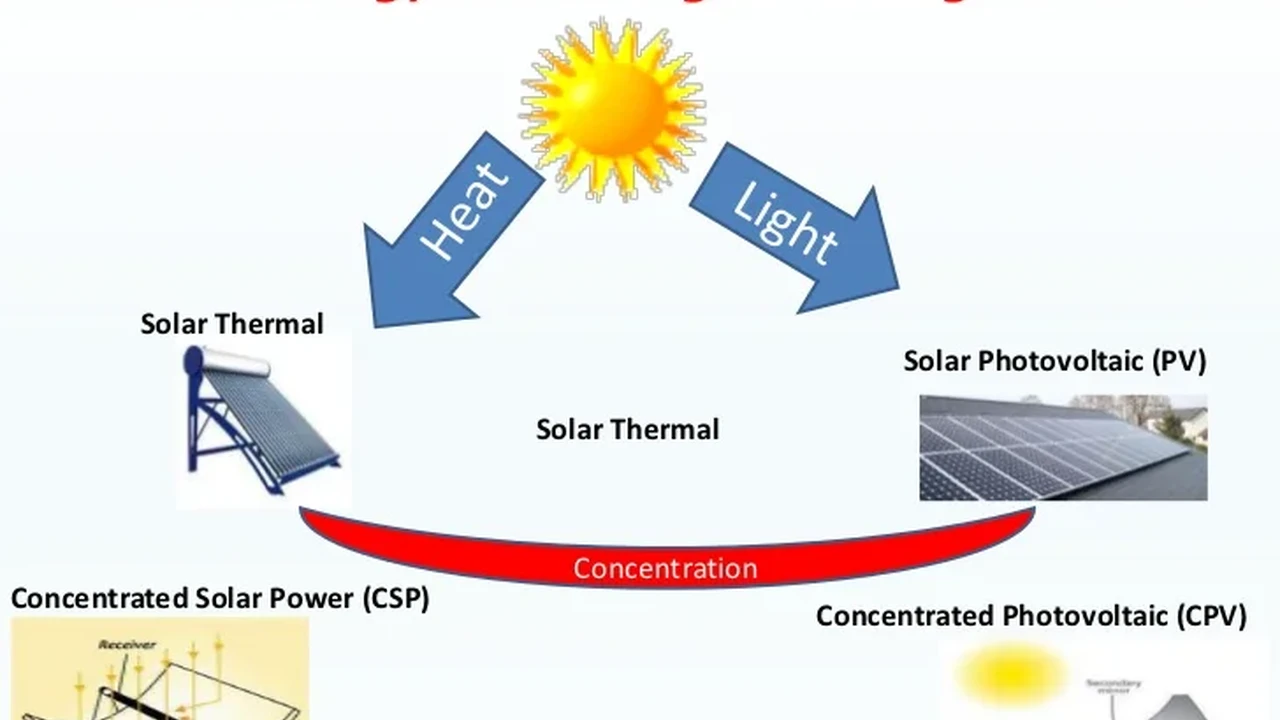Solar Panel and Electric Vehicles: A Sustainable Partnership

The Symbiotic Relationship Solar Panels and Electric Vehicles EV Integration
Alright, let's talk about something seriously cool: solar panels and electric vehicles (EVs). Separately, they're awesome technologies pushing us towards a greener future. But together? They're a match made in sustainable heaven. Think of it as a power couple – one generates clean energy, and the other uses it to zip around town. This isn't just about being eco-friendly; it's about creating a more resilient and independent energy system for your home and your transportation.
The basic idea is simple: you install solar panels on your roof, they generate electricity, and you use that electricity to charge your EV. No more relying solely on the grid, and definitely no more gas station visits (well, maybe for snacks!). This reduces your carbon footprint significantly and can also save you a ton of money on energy costs in the long run.
Harnessing Solar Power for EV Charging Understanding the Basics
So, how does this whole solar-powered EV charging thing actually work? It's not rocket science, but understanding the components helps. First, you've got your solar panels, typically installed on your roof. These panels convert sunlight into direct current (DC) electricity. Next, an inverter converts that DC electricity into alternating current (AC) electricity, which is what your home appliances and, importantly, your EV charger use. The charger then delivers the AC power to your EV's battery.
You can charge your EV directly from your solar panels when the sun is shining, or you can store excess solar energy in a battery system for later use, like overnight charging. This is especially handy if you live in an area with time-of-use electricity rates, where electricity is cheaper during off-peak hours. Storing energy during the day and charging at night can maximize your savings. Plus, battery storage provides backup power in case of a grid outage – bonus!
Choosing the Right Solar Panels for EV Charging Power Needs and Efficiency
Not all solar panels are created equal. When selecting solar panels for EV charging, you need to consider a few key factors, including power output, efficiency, and durability. Power output is measured in watts (W) and determines how much electricity the panel can generate. Efficiency refers to how well the panel converts sunlight into electricity. Higher efficiency means more electricity from the same amount of sunlight.
For EV charging, you'll likely need a system with a significant power output. A good rule of thumb is to estimate your daily driving needs and the energy consumption of your EV. Then, calculate the number of solar panels required to generate that amount of energy, taking into account the average sunlight hours in your area. Don't forget to factor in energy losses due to the inverter and charging process.
Durability is also crucial. Solar panels are exposed to the elements, so you want panels that can withstand harsh weather conditions, such as wind, hail, and extreme temperatures. Look for panels with a long warranty (25 years or more) to ensure they'll last for the long haul.
EV Chargers Level 1 Level 2 and DC Fast Charging Options
EV chargers come in different flavors, each with varying charging speeds. Level 1 chargers are the most basic, using a standard 120V outlet. They're slow, adding only a few miles of range per hour. Level 2 chargers use a 240V outlet, similar to what you'd use for a clothes dryer. They're significantly faster, adding 20-30 miles of range per hour. DC fast chargers (also known as Level 3 chargers) are the fastest, delivering a full charge in as little as 30 minutes. However, they require specialized equipment and are typically found at public charging stations.
For home charging, Level 2 chargers are the most popular choice. They're relatively affordable and offer a good balance between speed and convenience. You'll need to have a 240V outlet installed by a qualified electrician. Some Level 2 chargers are "smart" chargers, meaning they can connect to your home Wi-Fi network and be controlled via a mobile app. This allows you to monitor your charging progress, schedule charging sessions, and even track your energy consumption.
Product Recommendations for Solar Panels and EV Chargers Top Picks
Okay, let's dive into some specific product recommendations. Keep in mind that prices can vary depending on your location and installation costs.
Solar Panels:
- SunPower Maxeon 3: These are among the most efficient solar panels on the market, boasting an efficiency rating of over 22%. They're also incredibly durable and come with a 25-year warranty. Expect to pay around $3-$4 per watt.
- Panasonic EverVolt: Panasonic panels are known for their reliability and performance. The EverVolt series offers excellent efficiency and a sleek design. They typically cost around $2.50-$3.50 per watt.
- REC Alpha Series: REC panels offer a good balance of performance and affordability. The Alpha series features innovative cell technology for improved efficiency and power output. Expect to pay around $2-$3 per watt.
EV Chargers:
- ChargePoint Home Flex: This is a popular Level 2 smart charger that offers flexible amperage settings and a user-friendly mobile app. It costs around $700-$800.
- Tesla Wall Connector: If you own a Tesla, the Tesla Wall Connector is a great option. It's designed specifically for Tesla vehicles and offers fast charging speeds. It costs around $500.
- Enphase IQ Charger: If you already have Enphase solar panels and microinverters, the Enphase IQ Charger is a seamless integration option. It allows you to monitor your solar production and EV charging in one app. It costs around $600-$700.
Real World Applications Solar Powered EV Charging Scenarios
Let's look at some real-world scenarios to illustrate the benefits of solar-powered EV charging.
Scenario 1: Suburban Homeowner
Imagine a suburban homeowner with a two-car garage and a Tesla Model 3. They install a 10kW solar panel system on their roof and a ChargePoint Home Flex charger in their garage. They can now charge their Tesla entirely with solar energy, eliminating their reliance on the grid and saving hundreds of dollars per year on electricity costs. They also qualify for federal and state tax credits, further reducing the cost of the system.
Scenario 2: Rural Resident
A rural resident living miles from the nearest town purchases a Nissan LEAF and installs a solar panel system with battery storage. They can now charge their LEAF using solar energy, even during power outages. This provides them with a reliable and independent source of transportation, reducing their dependence on fossil fuels.
Scenario 3: Apartment Dweller (Community Solar)
Even if you live in an apartment and can't install solar panels on your own roof, you can still benefit from solar-powered EV charging through community solar programs. These programs allow you to subscribe to a portion of a large solar farm and receive credits on your electricity bill for the energy generated. You can then use those credits to offset the cost of charging your EV at a public charging station.
Comparing Different Solar Panels and EV Chargers Performance Features and Price
Choosing the right solar panels and EV charger can be overwhelming, so let's break down the key differences between some popular options.
Solar Panel Comparison:
| Panel | Efficiency | Warranty | Price (per watt) | Pros | Cons |
|---|---|---|---|---|---|
| SunPower Maxeon 3 | >22% | 25 years | $3-$4 | Highest efficiency, durable | Most expensive |
| Panasonic EverVolt | >21% | 25 years | $2.50-$3.50 | Reliable, good performance | Slightly less efficient than SunPower |
| REC Alpha Series | >20% | 25 years | $2-$3 | Good balance of performance and price | Not as efficient as SunPower or Panasonic |
EV Charger Comparison:
| Charger | Charging Speed | Smart Features | Price | Pros | Cons |
|---|---|---|---|---|---|
| ChargePoint Home Flex | Level 2 (up to 50 amps) | Yes (Wi-Fi, mobile app) | $700-$800 | Flexible amperage, user-friendly app | More expensive than some options |
| Tesla Wall Connector | Level 2 (up to 48 amps) | Yes (Tesla app) | $500 | Fast charging for Teslas, sleek design | Best suited for Tesla owners |
| Enphase IQ Charger | Level 2 (up to 32 amps) | Yes (Enphase app) | $600-$700 | Seamless integration with Enphase solar systems | Lower amperage than some options |
Financial Incentives Tax Credits and Rebates for Solar and EVs
The good news is that there are numerous financial incentives available to help offset the cost of solar panels and EVs. The federal government offers a tax credit for 30% of the cost of a new solar panel system. Many states and local governments also offer additional rebates and incentives. These incentives can significantly reduce the upfront cost of installing solar panels and purchasing an EV.
For example, the federal tax credit allows you to deduct 30% of the cost of your solar panel system from your federal income taxes. So, if your system costs $20,000, you can claim a $6,000 tax credit. State rebates can range from a few hundred dollars to several thousand dollars, depending on your location. Be sure to check with your state and local governments to see what incentives are available in your area.
Also, EVs are often eligible for federal and state tax credits and rebates. The federal EV tax credit can be up to $7,500, depending on the vehicle's battery capacity. State rebates can range from a few hundred dollars to several thousand dollars. These incentives can make EVs more affordable and help encourage their adoption.
Future Trends in Solar and EV Technology What to Expect
The future of solar and EV technology is bright. We can expect to see continued advancements in solar panel efficiency, battery storage capacity, and EV charging speeds. Solar panels are becoming more affordable and more powerful, making them an increasingly attractive option for homeowners and businesses.
Battery technology is also rapidly evolving. New battery chemistries are being developed that offer higher energy density, longer lifespans, and improved safety. These advancements will enable EVs to travel longer distances on a single charge and reduce the cost of battery storage systems.
EV charging infrastructure is also expanding rapidly. More and more public charging stations are being installed across the country, making it easier to charge your EV on the go. We can also expect to see the development of new charging technologies, such as wireless charging and ultra-fast charging, which will further reduce charging times.
DIY Solar Installation vs Professional Installation Weighing the Options
Thinking about installing solar panels yourself? It can be tempting to save money on labor costs, but there are several factors to consider before taking the DIY route. Solar panel installation involves electrical work, which can be dangerous if not done properly. You also need to be comfortable working at heights and have a good understanding of building codes and regulations.
Professional solar installers have the experience and expertise to ensure that your system is installed safely and correctly. They can also handle all the necessary permits and inspections. While professional installation will cost more, it can save you time, hassle, and potential problems down the road.
If you're considering DIY solar installation, be sure to do your research and understand the risks involved. Start with a small, simple project and gradually work your way up to larger, more complex installations. Also, consider taking a solar installation course to learn the basics of solar panel installation.
Maintenance and Monitoring Keeping Your System Running Smoothly
Once your solar panel system is installed, it's important to perform regular maintenance to keep it running smoothly. This includes cleaning the panels to remove dirt, dust, and debris. You should also inspect the system for any signs of damage, such as cracked panels or loose wiring.
Most solar panel systems come with a monitoring system that allows you to track the performance of your system. This system will alert you to any problems, such as a drop in power output or a system failure. You can also use the monitoring system to track your energy savings and optimize your energy usage.
Regular maintenance and monitoring can help ensure that your solar panel system continues to generate clean energy for many years to come. Consult with your solar installer for specific maintenance recommendations for your system.
Addressing Common Concerns About Solar and EV Charging Debunking Myths
There are a few common concerns and misconceptions about solar and EV charging that need to be addressed.
Myth 1: Solar panels don't work on cloudy days.
While solar panels do generate less electricity on cloudy days, they still produce power. Even on a cloudy day, solar panels can generate 20-30% of their maximum output.
Myth 2: EVs are too expensive.
While the upfront cost of an EV can be higher than a gasoline car, the long-term cost of ownership is often lower. EVs require less maintenance, have lower fuel costs, and are eligible for tax credits and rebates.
Myth 3: EVs have limited range.
EV range has increased significantly in recent years. Many EVs now offer a range of over 200 miles on a single charge. Also, public charging infrastructure is expanding rapidly, making it easier to charge your EV on the go.
Myth 4: Solar panels are ugly.
Solar panel design has improved dramatically in recent years. Many solar panels now have a sleek, modern look that blends in well with your roof. Also, there are options for integrated solar panels that are built into the roof tiles.
By addressing these common concerns, we can help encourage the adoption of solar and EV technology and create a more sustainable future.
:max_bytes(150000):strip_icc()/277019-baked-pork-chops-with-cream-of-mushroom-soup-DDMFS-beauty-4x3-BG-7505-5762b731cf30447d9cbbbbbf387beafa.jpg)






